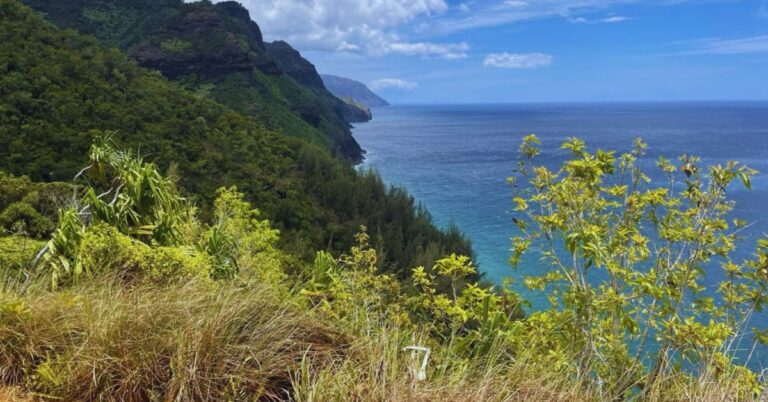15 Rare Ecosystems Preserved Or Buried In Time
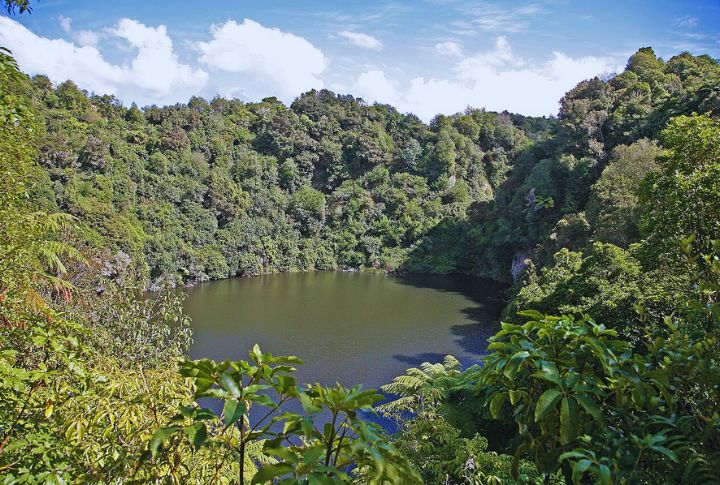
Some of the planet’s oldest forests aren’t visible on the surface. They’re buried in caves, sealed in sediment, or hidden beneath water. These 15 rare sites give scientists direct evidence of how ecosystems looked long ago—and how environments changed over millions of years.
Bald Cypress Forest, Gulf Of Mexico
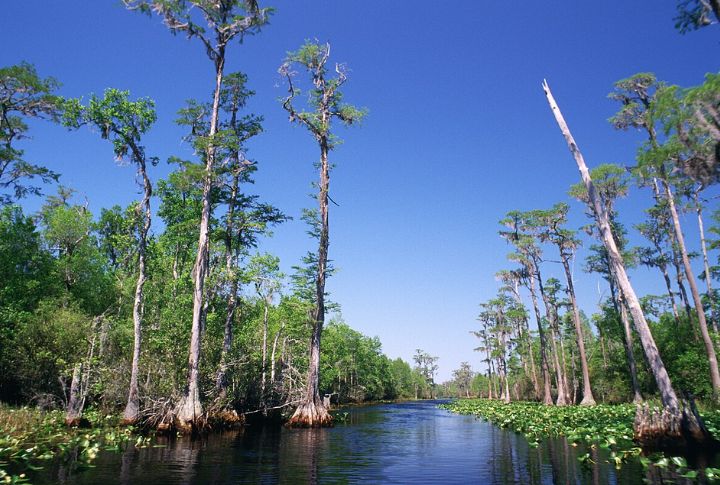
Scientists uncovered a centuries-old bald cypress forest beneath the Gulf of Mexico, stored in an oxygen-free brine pocket. Hurricane Ivan’s surge exposed the trees in 2004. This submerged ecosystem offers a sporadic glimpse into historic biodiversity from the Pleistocene era, remarkably untouched by time.
African Pyrogenic Geoxylic Suffrutices, South Africa

African pyrogenic glyoxylic suffrutices, like Erythrina zeyheri, grow mostly beneath sandy soil in South Africa’s Highveld and savannas. Only small shoots appear above the ground. They also withstood wildfires and grazing using clonal roots and are believed to have lifespans exceeding 13,000 years.
Wuda Fossil Forest, Inner Mongolia, China
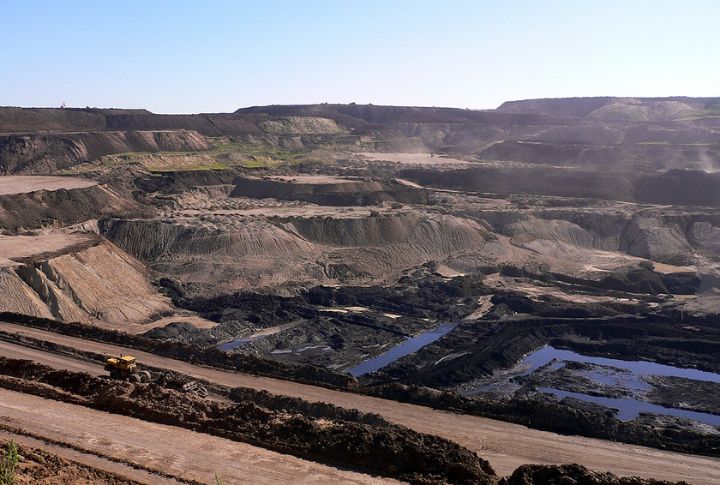
Discovery at a coal mine in Wuda, Inner Mongolia, revealed a 298-million-year-old forest perfectly conserved by volcanic ash. Trees and ferns remain upright, frozen where they once grew. The site provides scientists with an opportunity to study archaic biodiversity and biome structure from the Permian period.
Inundated Forest, Doggerland, North Sea
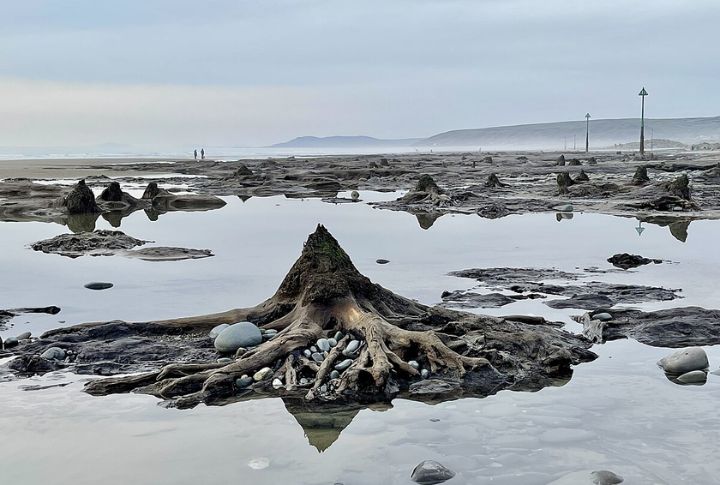
Stretching between Britain and Europe, Doggerland was submerged nearly 8,000 years ago. Peat layers and tree stumps now rest on the North Sea floor, encased by sediment and time. This region once supported thriving Mesolithic communities before vanishing beneath rising seas.
Ancient Mangroves, Bay Of Bengal, India
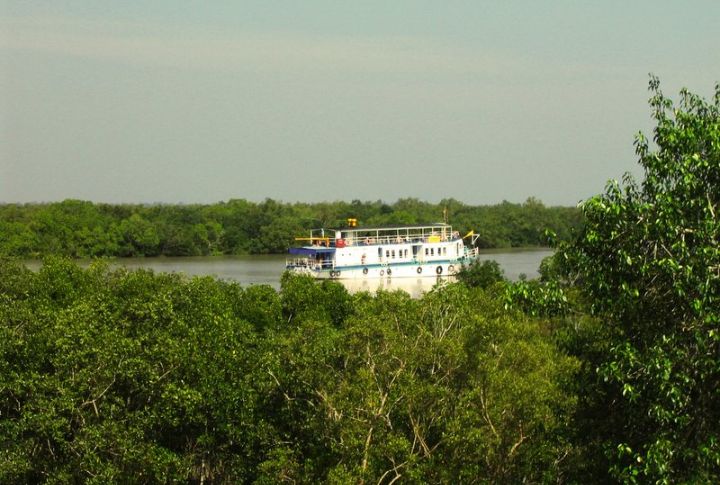
Scientists have found mangrove forests that have been immersed in the murky waters of the Bay of Bengal for over 7,000 years. These preserved habitats provide clues to sea-level changes, the rise and fall of ancient coastal habitats, and their effect on modern-day ecosystems.
Ash-Covered Forest, Waimangu, New Zealand
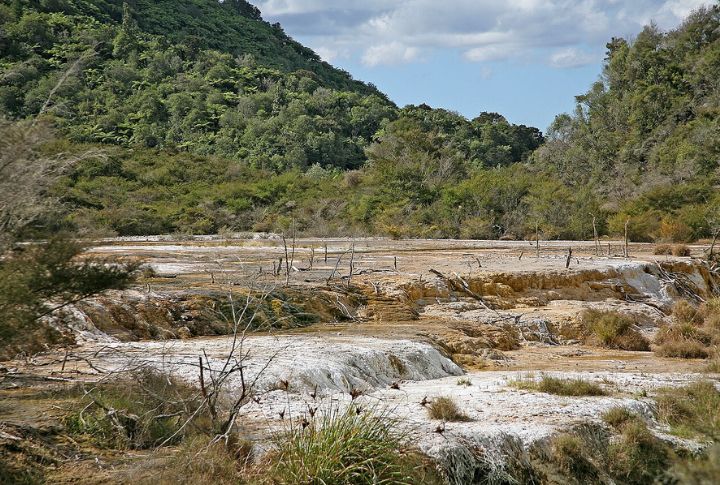
The 1886 eruption of Mount Tarawera buried a lush forest in seconds. Today, ash-preserved roots emerge from Waimangu Valley’s steaming soil. Unlike petrified forests, these trees didn’t turn to stone. Rather, they were sealed instantly by a violent mix of extreme heat and rapid cooling.
Submerged Forest, Nantucket Sound, Massachusetts
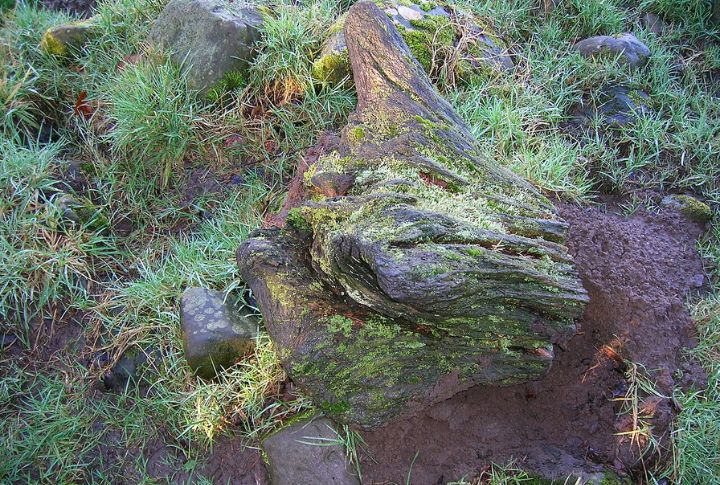
Just off the coast of Massachusetts, a primordial forest has been preserved for over 4,000 years beneath Nantucket Sound. Tree stumps and logs reveal how rising seas reshaped the coastline. The submerged forest offers scientists an exclusive glimpse into prehistoric coastal ecology and how long-term environmental changes affected it.
Peat Forest, Borth, Wales
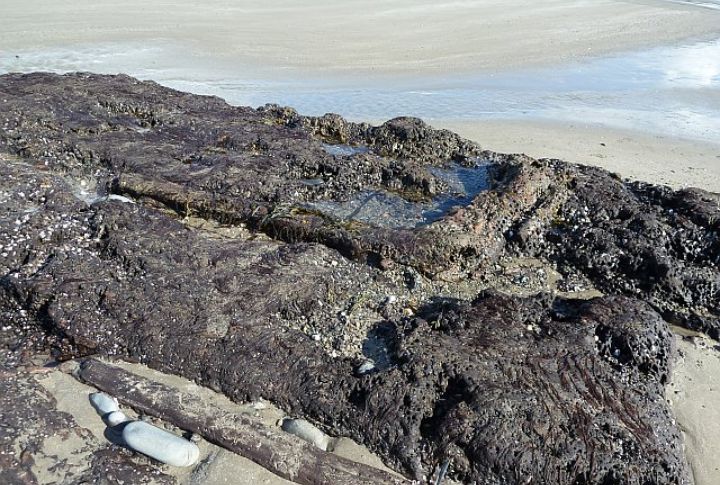
When low tides expose Borth’s coastline, twisted oak stumps emerge from peat like a dreamscape. They were the remains of a 6,000-year-old forest that died during a rapid sea-level rise. Locals connect the forest to the legend of Cantre’r Gwaelod, a sunken kingdom swallowed by myth and water.
Ancient Forest, Kaiparowits Plateau, Utah
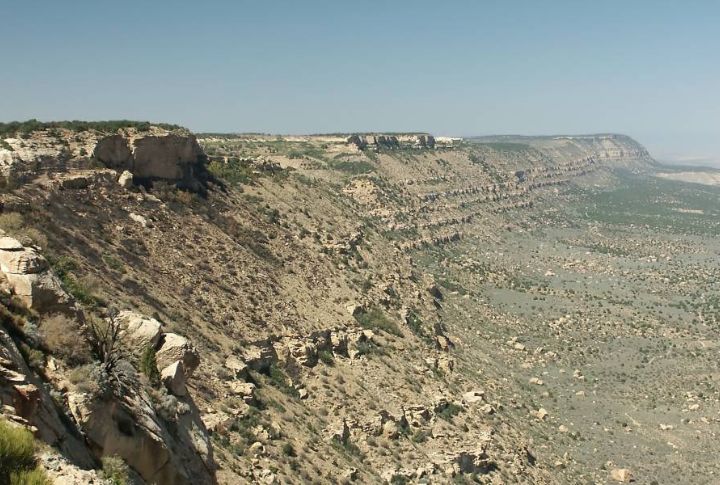
Located in Utah’s Kaiparowits Plateau, this prehistoric forest holds fossilized trees that stood tall during the age of dinosaurs. Encased in sandstone for nearly 75 million years, these traces reveal a time when lush floodplain forests thrived in what’s now a high desert terrain. Paleobotany meets deep-time storytelling here.
Fossil Conifers, Cerro Guido, Chile
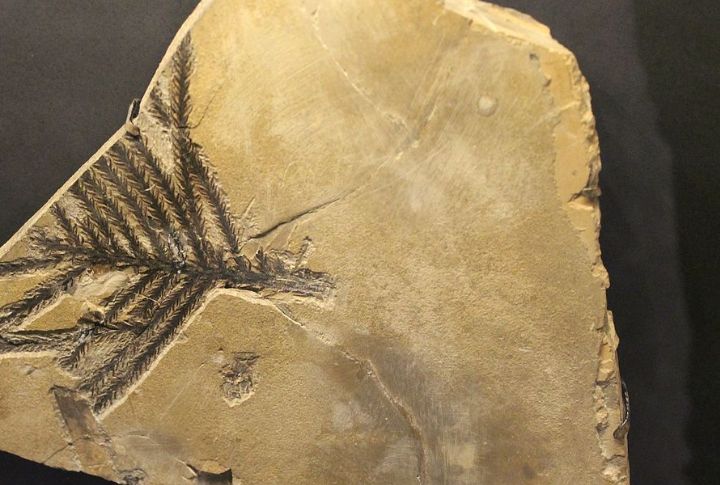
This fossil site in Patagonia dates back 66 million years to the Late Cretaceous. Upright tree trunks preserved in sandstone reveal a conifer forest that once thrived near the South Pole. Turns out, the now-icy region was once warm, green, and nothing like the windswept terrain we see today.
Trail Forest, Lake Huron, Michigan

Divers discovered an ancient hunting corridor beneath Lake Huron in Alpena, Michigan. What’s remarkable isn’t just the tree stumps but the drive lanes and hunting blinds built among them. It was later discovered that Indigenous peoples once chased caribou through this 9,000-year-old sunken forest—a freshwater archaeological jackpot preserving a glimpse of prehistoric survival.
Buried Trees, Mount Mazama, Oregon
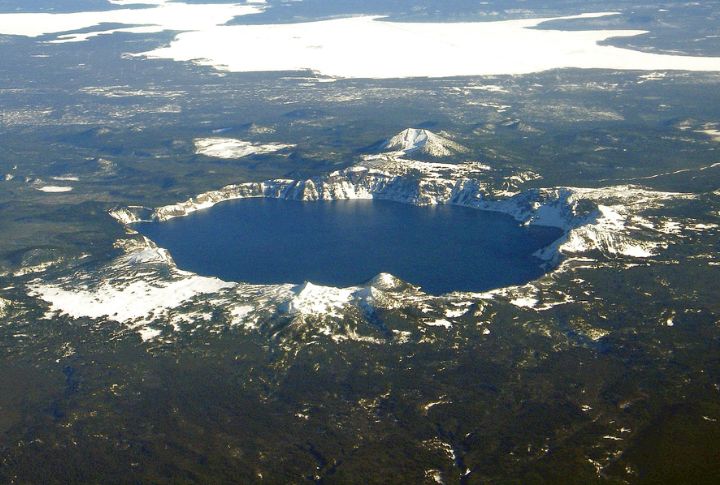
Beneath layers of ash from Mount Mazama’s eruption, now Crater Lake, lie charred remnants of coniferous trees. Their preservation offers one-of-a-kind evidence of pre-eruption biomes in the Pacific Northwest. In fact, scientists study the remains to trace changes in forest composition and long-term ecological shifts across the Cascade Range.
Glossopteris Grove, Dry Valleys, Antarctica
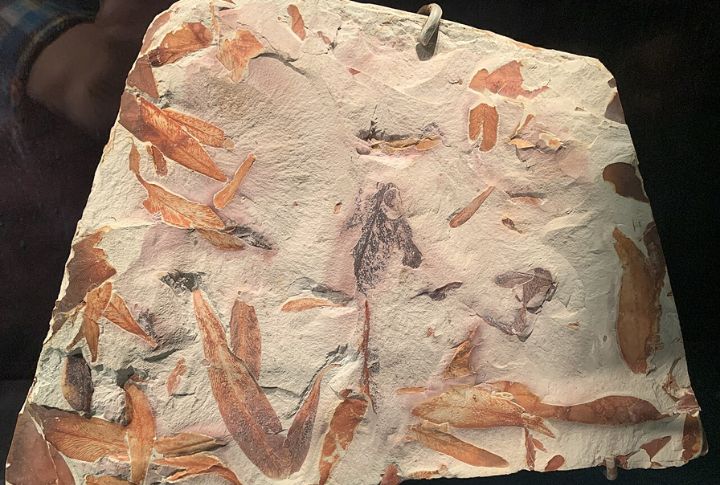
Scientists found fossilized leaves in Antarctica that are 250 million years old—proof that forests once grew there, even through months of total darkness. Dominated by Glossopteris, these ancient trees adapted to brutal extremes, offering vital clues about climate change before the breakup of the supercontinent Gondwana.
Fossil Cave Forest, Alabama

An unexpected underground forest lies protected in the stalagmite-ridden caves of northern Alabama. Here, fossil wood from the Pennsylvanian period that is over 300 million years old records prehistoric swamp ecosystems. The mineral-crusted logs are a geologic diary of tree evolution during a coal-forming age.
Karst Tiankeng Forests, Yunnan Province, China
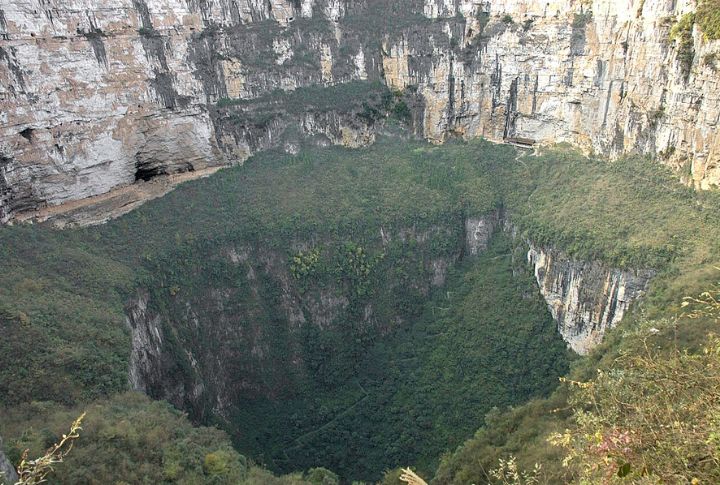
Buried inside Yunnan’s massive sinkholes, the Karst Tiankeng Forests feel like secret worlds waiting to be explored. Cool, sheltered microclimates let untouched forests thrive below the surface. While the land above wears thin, rare plants flourish in these quiet pockets of biodiversity and natural wonder.




